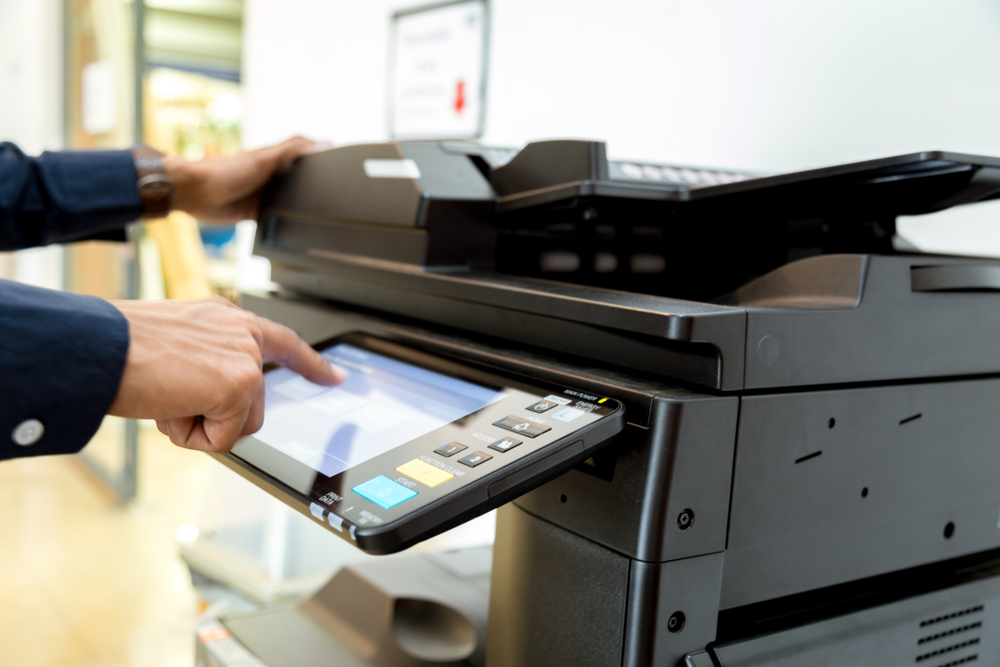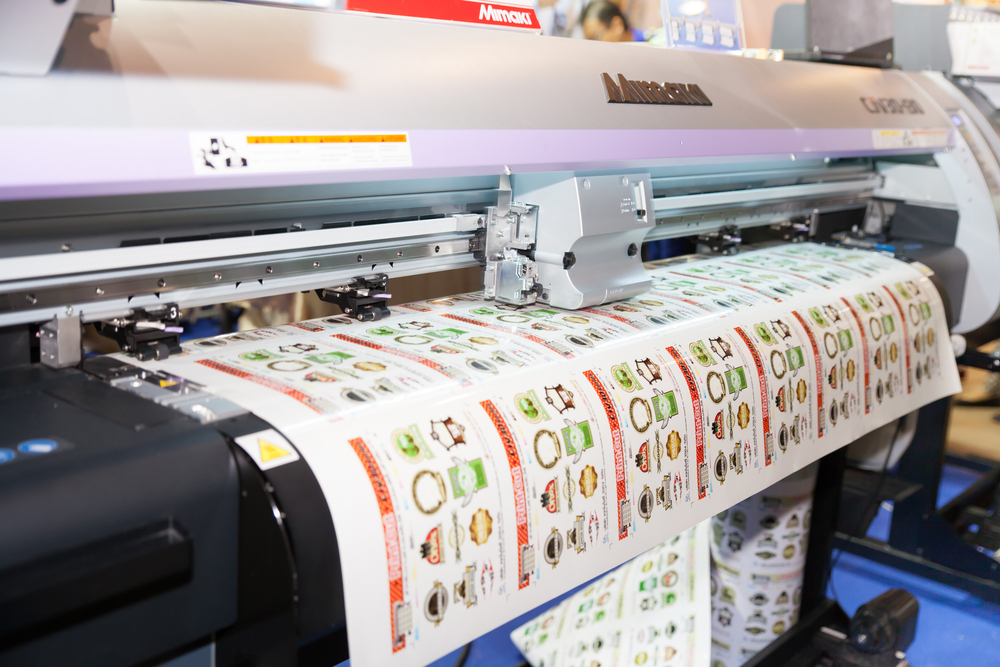Comprehensive Guide to Inkjet Printing Devices
This comprehensive guide covers everything about inkjet printers, including core technologies, ink types, top models, and buying tips. Ideal for consumers seeking detailed knowledge to make informed purchase decisions, whether for home or professional use. Stay updated with the latest features and trends in inkjet printing to find the best device for your needs.

Comprehensive Guide to Inkjet Printing Devices
Your Complete Overview of Inkjet Printers
Inkjet printers are devices that translate digital images into physical copies by depositing tiny ink droplets onto surfaces like paper or synthetic materials. These printers are essential in homes, offices, and professional settings, offering a range from affordable consumer models to high-end professional units. Although the concept dates back to the early 20th century, the technology was refined in the 1950s and became capable of seamless digital image reproduction by the late 1970s.
Explore the underlying printing technologies, types of inks, top-rated printers, and more.
What are the primary technologies employed in inkjet printing?
Continuous Inkjet (CIJ): An older yet effective method, CIJ ejects ink droplets at high speed (around 20 m/s), with the nozzle constantly active. This constant operation minimizes clogging and allows fast, high-volume printing. It uses volatile solvents like alcohols and ketones to ensure quick drying and deep ink penetration.
Drop-on-Demand (DOD): This modern technique includes thermal DOD and piezoelectric DOD. Thermal DOD uses heat to create bubbles that push ink droplets out of the nozzles, often utilizing water-based inks. Piezoelectric DOD applies voltage to piezo crystals, causing shape changes that eject ink through pressure pulses, suitable for various media types.
What ink types are used in inkjet printers?
Water-based or aqueous inks are most common in household printers, composed of water, glycol, and colorants like dyes or pigments. They are affordable and easy to use.
Professional-grade printers favor solvent inks, which contain volatile organic compounds and pigments for durability on diverse surfaces. These inks are resistant to fading and smudging.
UV-curable inks are specialized, consisting of acrylic monomers that harden under UV light, ideal for industrial applications requiring quick curing and high durability.
Top inkjet printers in the market today
Brother MFC-J460DW — Priced around $89, this all-in-one device offers printing, scanning, copying, and faxing. Features include a 1.8-inch color display, duplex printing, automatic document feeder, and connectivity options like Wi-Fi, Ethernet, and USB. It also supports Google Cloud Print and AirPrint, producing up to 12 black pages or 6 color pages per minute.
Dell E310DW — At approximately $84, this monochrome printer provides quick printing speeds of up to 27 pages per minute, supports automatic duplexing, and offers wired or wireless connectivity. It accommodates various media types and integrates with Dell’s cloud services for printing from online sources.
Where to purchase quality inkjet printers?
Identify your printing needs relative to your environment and usage frequency.
Research different brands and model features suitable for your requirements.
Visit electronics stores for hands-on inspection and quality assessment.
Compare prices online and in-store, considering warranty coverage.
Keep an eye on seasonal sales for discounts and promotional deals when making your purchase.
Note: Our article provides general information and guidelines. Always verify specific product details and deals before purchasing. The editorial team is not responsible for discrepancies or market changes beyond our coverage.










